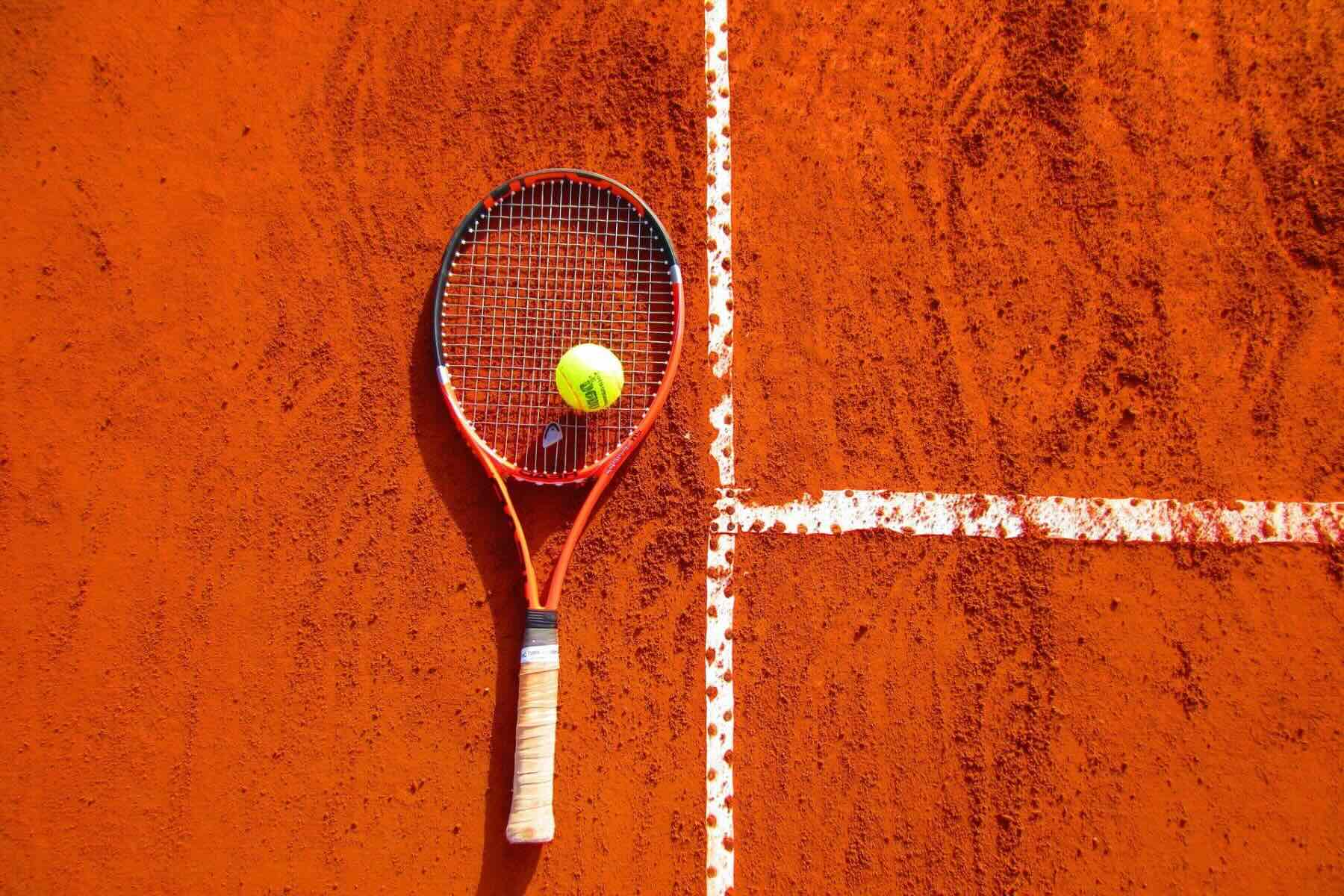
Who was Roland Garros? Roland Garros was a pioneering French aviator and World War I hero. Born on October 6, 1888, he became famous for his daring flights and innovative spirit. Garros is best known for being the first pilot to fly across the Mediterranean Sea in 1913. During World War I, he developed a forward-firing machine gun for aircraft, revolutionizing aerial combat. Unfortunately, he was captured by the Germans in 1915 but managed to escape in 1918, only to be shot down and killed a month before the war ended. Today, his legacy lives on through the French Open tennis tournament, named in his honor.
The Man Behind the Name
Roland Garros is not just a tennis tournament; it's named after a remarkable individual. Let's dive into some fascinating facts about the man and the tournament.
-
Roland Garros was a pioneering aviator. Born in 1888, he was one of the first to fly across the Mediterranean Sea. His daring spirit and love for adventure made him a legend in aviation history.
-
He was also a World War I hero. During the war, Garros became a fighter pilot and was credited with shooting down several enemy aircraft. His contributions to aerial combat were significant.
-
Garros was captured during the war. In 1915, he was shot down and taken prisoner by the Germans. He managed to escape after three years and returned to flying.
The Tournament's Origins
The French Open, commonly known as Roland Garros, has a rich history that dates back to the early 20th century.
-
The tournament started in 1891. Initially, it was a national championship open only to French players. It wasn't until 1925 that it became an international event.
-
The venue was built in 1928. The Stade Roland Garros was constructed to host France's defense of the Davis Cup. The stadium was named in honor of the aviator Roland Garros.
-
It is the only Grand Slam played on clay. The red clay courts of Roland Garros are unique among the four Grand Slam tournaments, offering a distinct challenge to players.
Memorable Moments
Over the years, Roland Garros has been the stage for some unforgettable moments in tennis history.
-
Björn Borg's dominance. The Swedish player won the French Open six times between 1974 and 1981, cementing his legacy as one of the greatest clay-court players ever.
-
Rafael Nadal's record. Nadal has won the French Open a staggering 14 times, more than any other player in history. His dominance on clay is unparalleled.
-
The longest match in history. In 2004, Fabrice Santoro and Arnaud Clément played a match that lasted six hours and 33 minutes, the longest in the tournament's history.
Modern Innovations
Roland Garros continues to evolve, incorporating new technologies and features to enhance the experience for players and fans alike.
- The retractable roof. In 2020, a retractable roof was added to the Philippe-Chatrier Court, allowing matches to continue despite rain. This innovation ensures that the tournament schedule remains on track.
The Final Serve
Roland Garros isn't just a tennis tournament; it's a celebration of history, culture, and athleticism. From its unique clay courts to its rich legacy, this event stands out in the world of sports. Knowing these facts can deepen your appreciation for the French Open, whether you're a die-hard tennis fan or just curious about the sport.
The tournament's blend of tradition and modernity makes it a must-watch event every year. So next time you tune in, you'll have a richer understanding of what makes Roland Garros so special.
Keep these facts in mind, share them with friends, and enjoy the next match with a newfound perspective. Tennis at Roland Garros is more than just a game; it's an experience steeped in history and excitement.
Was this page helpful?
Our commitment to delivering trustworthy and engaging content is at the heart of what we do. Each fact on our site is contributed by real users like you, bringing a wealth of diverse insights and information. To ensure the highest standards of accuracy and reliability, our dedicated editors meticulously review each submission. This process guarantees that the facts we share are not only fascinating but also credible. Trust in our commitment to quality and authenticity as you explore and learn with us.
